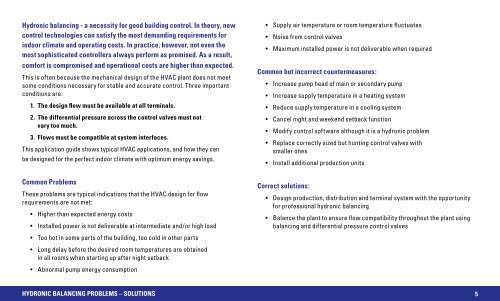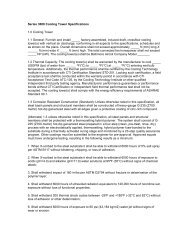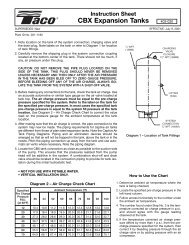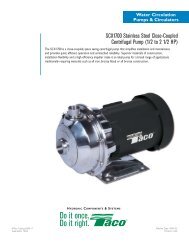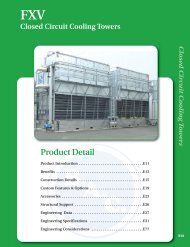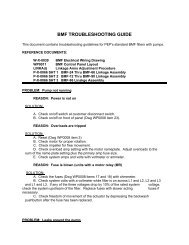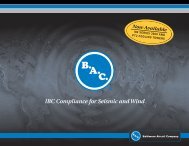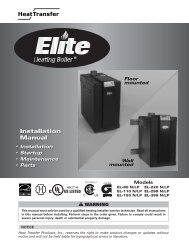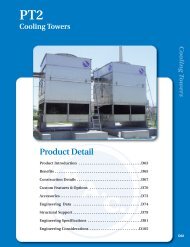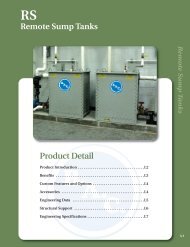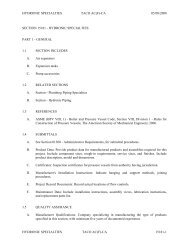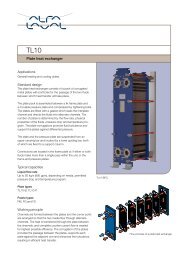Create successful ePaper yourself
Turn your PDF publications into a flip-book with our unique Google optimized e-Paper software.
Hydronic balancing - a necessity for good building control. In theory, newcontrol technologies can satisfy the most demanding requirements forindoor climate and operating costs. In practice, however, not even the most sophisticated controllers always perform as promised. As a result,comfort is compromised and operational costs are higher than expected.This is often because the mechanical design of the HVAC plant does not meetsome conditions necessary for stable and accurate control. Three importantconditions are:1. The design flow must be available at all terminals.2. The differential pressure across the control valves must not vary too much.3. Flows must be compatible at system interfaces.This application guide shows typical HVAC applications, and how they canbe designed for the perfect indoor climate with optimum energy savings.Common ProblemsThese problems are typical indications that the HVAC design for flowrequirements are not met:• Higher than expected energy costs• Installed power is not deliverable at intermediate and/or high load• Too hot in some parts of the building, too cold in other parts• Long delay before the desired room temperatures are obtainedin all rooms when starting up after night setback• Abnormal pump energy consumption• Supply air temperature or room temperature fluctuates• Noise from control valves• Maximum installed power is not deliverable when requiredCommon but incorrect countermeasures:• Increase pump head of main or secondary pump• Increase supply temperature in a heating system• Reduce supply temperature in a cooling system• Cancel night and weekend setback function• Modify control software although it is a hydronic problem• Replace correctly sized but hunting control valves withsmaller ones• Install additional production unitsCorrect solutions:• Design production, distribution and terminal system with the opportunityfor professional hydronic balancing• Balance the plant to ensure flow compatibility throughout the plant usingbalancing and differential pressure control valvesHYDRONIC BALANCING PROBLEMS – SOLUTIONS


